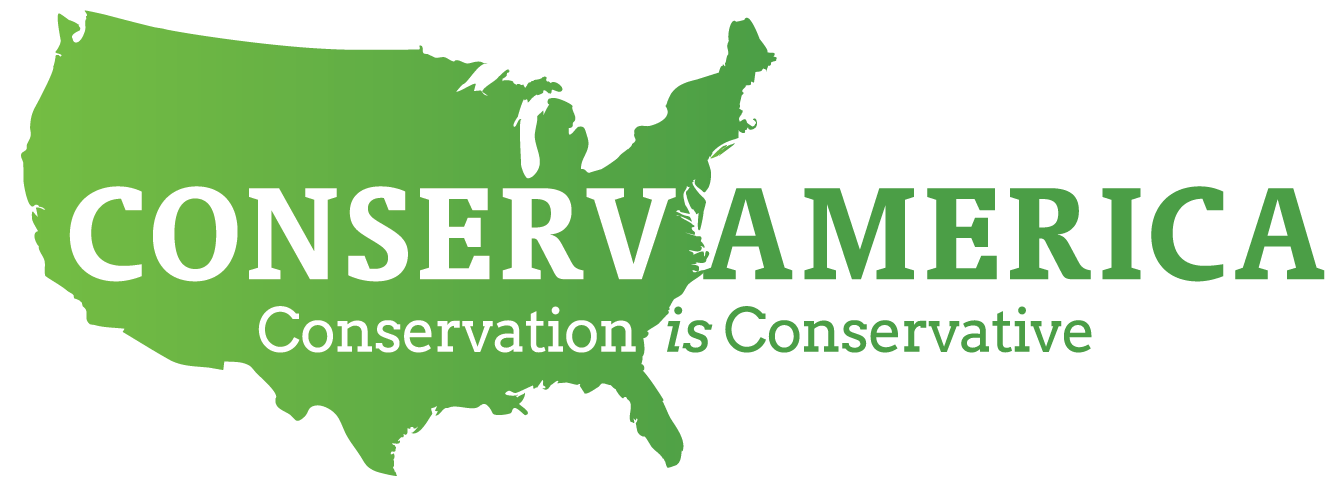AEIA’s Commitment to Energy Storage Could Be a Game-Changer for Renewables
Despite the remarkable progress made in renewable energy over the past decade, particularly wind and solar energy installations, an overarching problem remains: these resources generate power intermittently. So what happens when the wind slows down and the sun isn’t shining? Right now, utilities rely on traditional resources like coal and gas to meet the demand.
The American Energy Innovation Act tackles that challenge head-on by establishing an energy storage research, development, and deployment program at the Department of Energy. Besides encouraging research into innovative new technologies, the program establishes demonstration projects and pilot grant programs, a long-duration demonstration initiative, technical planning and assistance, and regulatory actions to encourage deployment.
This program is modeled on the Better Energy Storage Technology (BEST) Act, authored by Senators Susan Collins (R-ME) and Martin Heinrich (D-NM). Because of her leadership on the BEST Act, as well as other environmental issues, Senator Collins received ConservAmerica’s 2019 Congressional Champions Award.
This legislation could be a game-changer. While grid-scale energy storage is not yet practical, there are many promising experiments underway to solve the puzzle. Once that is achieved, it will unleash the full potential of intermittent renewables and optimize virtually all other energy resources. This would allow different energy storage technologies to act as a generation, transmission, or distribution asset—all in one.
Energy storage will have a multiplying effect, which will eventually lower costs for consumers and provide more reliability for the nation’s electric power system. It will also ease the need for traditional baseload power and give communities and businesses more choices, including demand-response programs. Growing energy demand will be handled more efficiently thanks to a flexible electric grid, and emissions will be reduced by preventing wasted generation.
There are several main areas of innovation in energy storage. The most obvious is better battery technology. But building batteries capable of storing megawattage requires a range of electrochemical storage solutions, including advanced chemistry batteries, flow batteries, and capacitors. Other interesting research areas include: capturing heat to create energy (thermal storage), using kinetic or gravitational energy (mechanical storage), converting hydrogen into energy via electrolysis (hydrogen storage), and using water to create large-scale reservoirs of energy (pumped hydropower). Of course, new ideas may also emerge.
It’s important to understand that energy storage is still in its early stages. It may take years or even decades, but the AEIA’s investment in this area could yield exponential returns.
Energy storage is only one component of the AEIA, which is the first comprehensive update of our energy policies in more than 12 years. Over the next several days, we will take a closer look at the individual parts of the package and the proposed amendments currently being considered on the Senate floor. In the meantime, you can read a high-level summary here.
